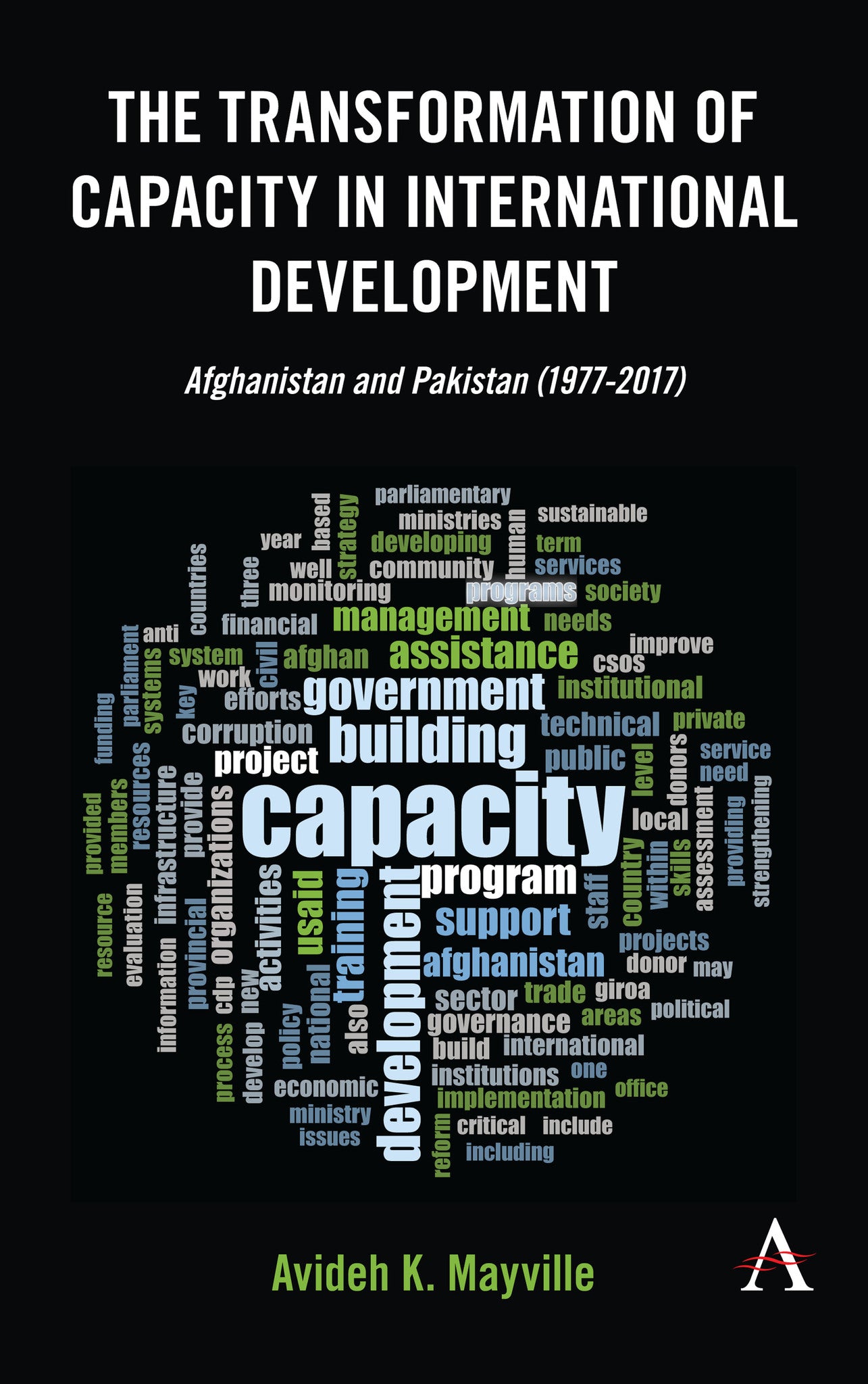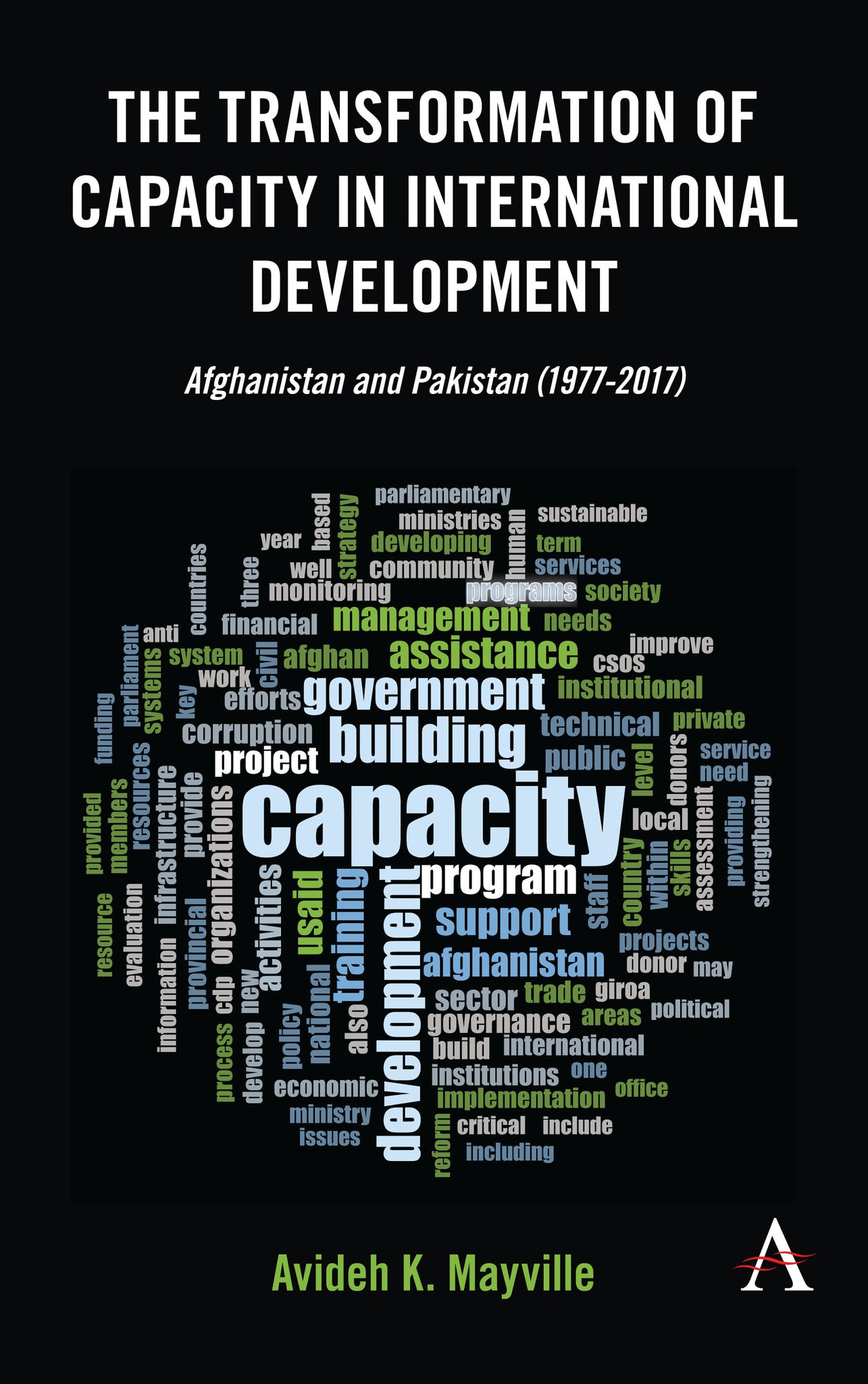We're sorry. An error has occurred
Please cancel or retry.
The Transformation of Capacity in International Development

Some error occured while loading the Quick View. Please close the Quick View and try reloading the page.
Couldn't load pickup availability
- Format:
-
30 November 2019

"The Transformation of Capacity in International Development" exposes the transformation of capacity within the development discourse through a discursive analysis of USAID projects in Afghanistan and Pakistan between 1977 and 2017. As development agendas increasingly call for human rights approaches to development and the foreign policies of donor states sound alarms over global security threats, capacity development has emerged as the solution to the complex problem of development. Through this examination of USAID’s attempts to build capacity in Afghanistan and Pakistan, the book exposes how Western notions of progress, constructed by institutions, government offcials, scholars and private sector actors, are obscured by the transformation of capacity. As agendas are translated into projects, they perpetuate historical relationships of global inequality that have corrupted and compete with indigenous models of governance. The Transformation of Capacity in International Development has implications for those considering the future of human rights–based approaches to development, the international management of global security threats and the sustainability of donor investments.

SOCIAL SCIENCE / Developing & Emerging Countries, SOCIAL SCIENCE / Sociology / General, POLITICAL SCIENCE / Human Rights

Acknowledgements; List of Figures; 1. Introduction; 2. Development Agendas and Donor Spaces: How Capacity Gained Salience; 3. Capacity in Development Policy and Practice: The Quest for Performance Excellence in the Governance of Disabling Environments; 4. Capacity and Fragility: The Sociological Framework for the Capacity Project and Developing “Fragile” States; 5. The Capacity Project in “Afpak”: Development Experiments, Subnational Spaces and Transnational Networks; 6. The Battle for Power in Disabling Environments: Statecraft and Developing Capacity in Afghanistan and Pakistan; 7. Developing Capacity to Manage Global Threats: Statemaking, the Militarizing of Development, and Human Rights Approaches; References; Index.



